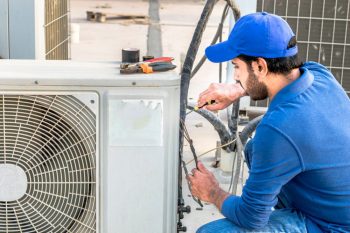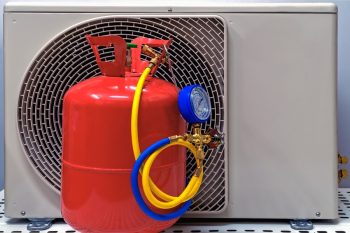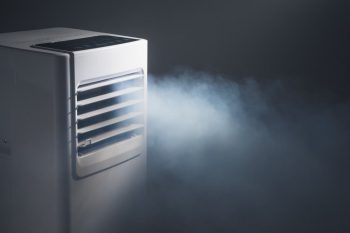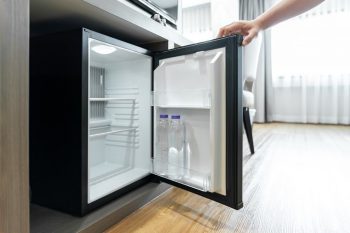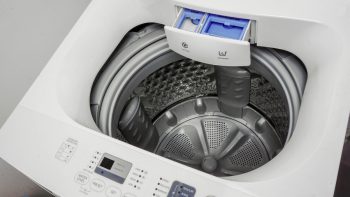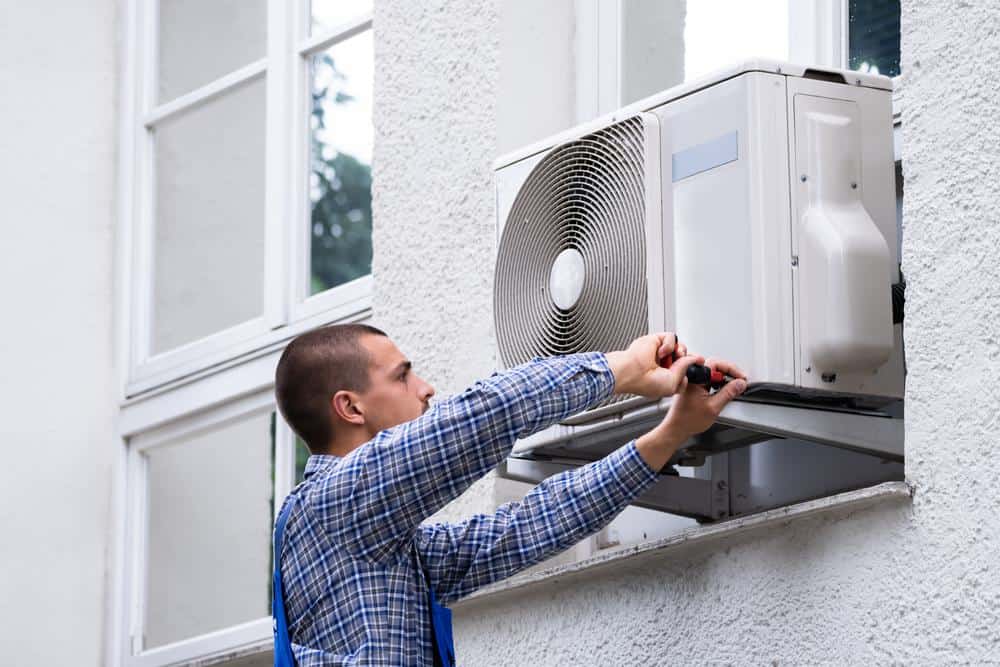
When it comes to cooling your home during the hot summer months, choosing the right air conditioner can make all the difference. Not only in terms of comfort, but also in terms of energy efficiency and cost savings. One key factor to consider when choosing an air conditioner is the Energy Efficiency Ratio (EER). But, what exactly is a good EER for a window air conditioner? Let’s dive in and find out.
A good Energy Efficiency Ratio (EER) for a window air conditioner is anything above 10. However, the most energy-efficient units often have an EER rating of 12 or higher. The higher the EER rating, the more energy-efficient the unit is, which can result in significant energy cost savings.
Understanding EER
EER, or Energy Efficiency Ratio, is a measure of how efficiently an air conditioner converts electrical energy into cooling power. It’s calculated by dividing the cooling capacity of a unit, measured in British Thermal Units (BTUs) per hour, by the electrical input, measured in watts, at a specific set of conditions. These conditions typically include an outdoor temperature of 95°F, an indoor temperature of 80°F, and 50% relative humidity.
In simpler terms, a higher EER rating means that the air conditioner can provide more cooling power for every unit of electrical power it consumes. This means that an air conditioner with a higher EER rating will consume less energy and, therefore, cost less to operate, compared to a unit with a lower EER rating.
What is a Good EER Rating?
Generally, a good EER rating for a window air conditioner is anything above 10. However, the average EER rating for window air conditioners is around 11.5. Therefore, it’s advisable to look for units with an EER rating of at least 11.5. Some highly energy-efficient window air conditioners can achieve an EER rating of 12 or even higher. For example, the Della 048-TL-WAC6K window air conditioner boasts an impressive EER rating of 12.2.
How Does EER Impact Energy Costs?
The EER of a window air conditioner has a direct impact on its operating costs. The higher the EER rating, the less energy the unit will consume, resulting in lower electricity bills. For instance, a 10,000 BTU air conditioner with an EER of 8 will consume more energy and cost more to operate than one with an EER of 12 or 14.
Other Factors to Consider
While the EER rating is a crucial factor to consider when choosing a window air conditioner, there are several other factors you should consider as well. These include the cooling capacity (measured in BTUs), noise levels, filter type, installation and maintenance requirements, and any additional features like remote control, scheduling functions, eco modes, and Wi-Fi connectivity.
Moreover, look for units with an Energy Star label, as these models use approximately 10% less energy than comparable models and can save money on operating costs.
Conclusion
In conclusion, a good EER for a window air conditioner is anything above 10, with the most energy-efficient units boasting an EER rating of 12 or higher. By choosing a unit with a high EER rating, you can enjoy a cool and comfortable home environment while also saving on energy costs. However, don’t forget to consider other factors such as cooling capacity, noise levels, filter type, and additional features to ensure that you choose the best window air conditioner for your needs.
Frequently Asked Questions
What does BTU stand for in air conditioning?
BTU stands for British Thermal Units. In the context of air conditioning, BTU is a unit that measures thermal energy. It represents the amount of energy required to raise the temperature of one pound of water by one degree Fahrenheit. In air conditioners, a higher BTU rating means greater cooling capacity.
Can I find the EER rating on the air conditioner?
Yes, the EER rating is typically found on the EnergyGuide label on the air conditioner. It can also be found in the product specifications in the user manual or on the manufacturer’s website.
How can I increase the EER of my window air conditioner?
While the EER of an air conditioner is largely determined by its design, there are ways to improve its efficiency. These include regular cleaning and maintenance, replacing filters as recommended, using the unit’s energy-saving mode, and ensuring proper installation and insulation.
What is the difference between EER and SEER?
EER (Energy Efficiency Ratio) and SEER (Seasonal Energy Efficiency Ratio) are both measures of energy efficiency in air conditioners. The key difference is that EER is calculated at a single set of conditions, while SEER is calculated over a range of outdoor temperatures, typically from 65°F to 104°F, to represent an entire cooling season. Therefore, SEER can provide a more comprehensive picture of an air conditioner’s energy efficiency over a variety of conditions.
Are there any drawbacks to a high EER rating?
While a higher EER rating indicates greater energy efficiency and lower operating costs, air conditioners with a higher EER rating may also be more expensive to purchase. Therefore, it’s important to consider both the initial cost and the potential energy savings when choosing an air conditioner.

